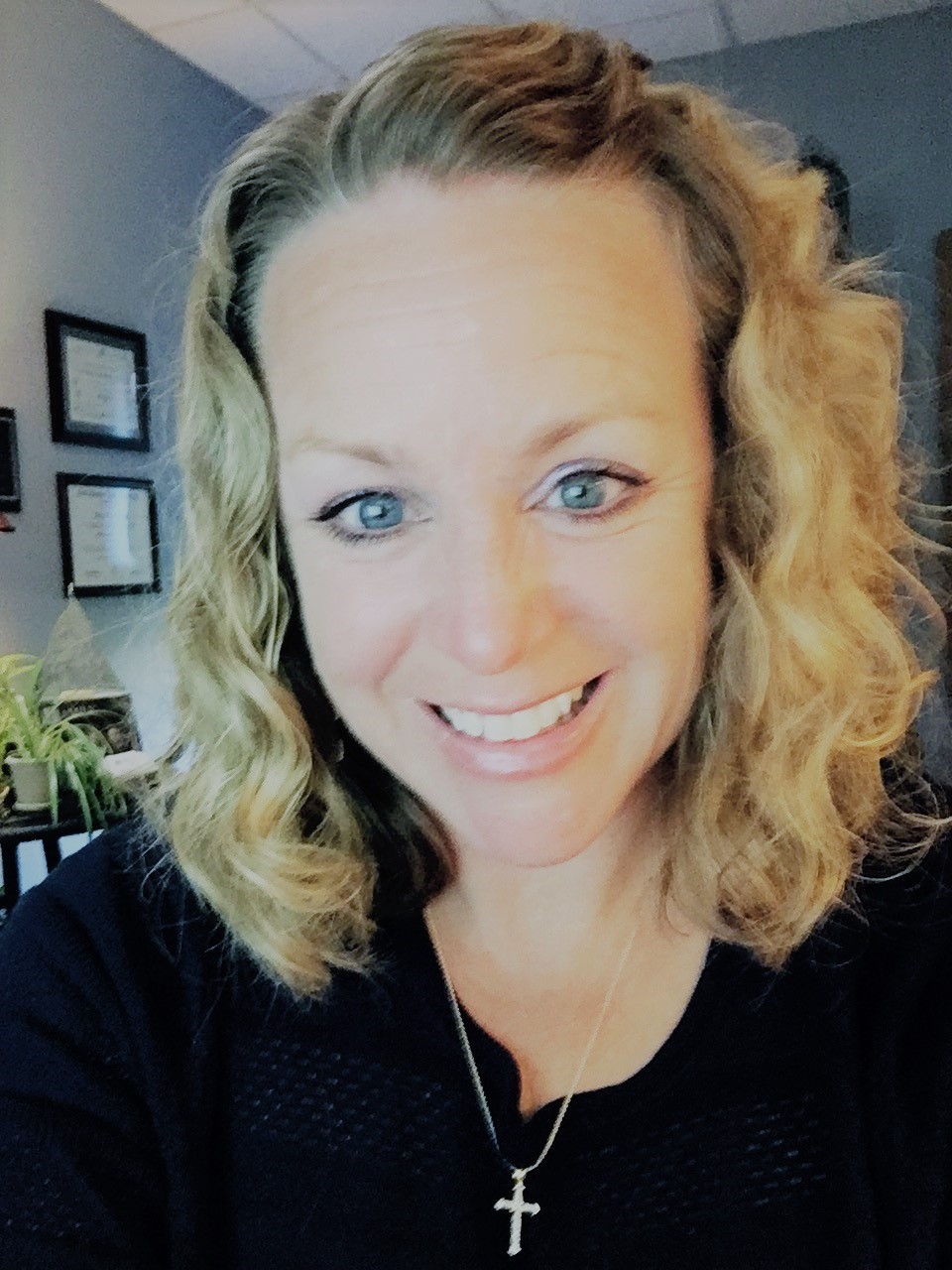
The fourth in a 4-part series regarding the importance of reading to and with young children in support of a new literacy initiative the Dane G. Hansen Foundation in northwest Kansas.
Throughout my career in education, I have most often been asked one question, “When should I start reading to my child?” My answer is always the same, “Before birth!” I often get a funny look, or even a laugh, as if I am joking with them. But research shows a 30-week old unborn baby can hear and become stimulated by its environment and can recognize the sound of its mother’s voice in the womb. Mom and Dad talking, singing, and playing music to their unborn child, may well contribute to the later success of these children becoming successful readers and lifelong learners.
A 2103 study by Pacific Lutheran University shared, “Babies only hours old are able to differentiate between sounds from their native language and a foreign language, scientists have discovered. The study indicates that babies begin absorbing language while still in the womb, earlier than previously thought. Sensory and brain mechanisms for hearing are developed at 30 weeks of gestational age, and the new study shows that unborn babies are listening to their mothers talk during the last 10 weeks of pregnancy and at birth can demonstrate what they’ve heard.”
What does this mean for parents and children? It means that once your child is born, you should continue to share language with him in every form available. Hearing language through song, speech, and play is essential. Here is a list of the most positive forms of sharing language and print with your child.
- Alphabet knowledge
- Book-handling skills and concepts about print
- Phonological awareness of the different sounds associated with spoken words
- Vocabulary development, including hearing, engaging, and acting out verbs
- Social-emotional factors – modeling patience, fostering attention, learning to interact and take turns
By reading to young children, parents or educators are teaching responsiveness and creating routines. These routines help children feel safe and in turn engages their brains for the highest degree of learning.
What we know about a child’s brain can help to stress the importance of these skills and their impact not only on later success as a reader, but your child’s potential as an overall learner.
At birth, the human brain has almost all the neurons it will ever have, it doubles in size in the first year, and by age three, it has reached 80 percent of its adult volume. Even more importantly, synapses or pathways of the brain are formed at a faster rate during these years than at any other period in our lifetimes.
If you have every heard the phrase, “children are little sponges,” you can now understand why this is all too true. It doesn’t mean your 3-year-old is ready for college, but it does mean that all the connections and processes of the brain are ready for learning. Every opportunity or experience you can create for your child will influence their lifelong potential for learning, and there is no better or easier way to get started than by reading together!
Mary Boller is an educator and a youth consultant for the Northwest Kansas Library System. Learn more about the importance of reading to your children at NWKansasReads.org.
